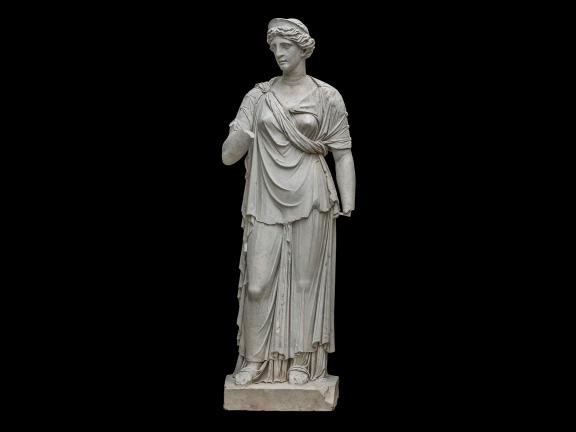whighlander
Senior Member
- Joined
- Aug 14, 2006
- Messages
- 7,812
- Reaction score
- 647
http://www.mfa.org/news/conservation-centerMFA Boston Announces $24 Million Conservation Center
Museum of Fine Arts, Boston, Announces $24 Million Renovation of Conservation Laboratories
BOSTON (November 10, 2016)—The Museum of Fine Arts, Boston (MFA), has announced a $24 million renovation project that will create a state-of-the-art Conservation Center comprising 22,000 square feet and six laboratories.
The transformational renovation is supported by gifts, grants and MFA funds, completing the largest fundraising effort for conservation in the Museum’s 146-year history.
...Additionally, the renovation project, which is scheduled to begin in 2017 and be completed in 2019, allows the Museum to convert 12,000 square feet of space into future galleries for Asian, European and Ancient World displays.
...." The project also provides the opportunity to open new galleries in the years to come, allowing increased display of works of art for the public to enjoy.”[Matthew Teitelbaum, Ann and Graham Gund Director.] ]
...The $24 million project is supported by the Sherman Fairchild Foundation, Honorary Trustee Rose-Marie van Otterloo and her husband Eijk, anonymous donors and MFA funds. The paintings conservation lab has been named the Rose-Marie and Eijk van Otterloo Paintings Conservation Studio.
.....The new Conservation Center will consist of six collaborative laboratories for paintings, objects, frame and furniture conservation, as well as mountmaking and exhibition preparation and scientific research.
... Featuring upgraded technology and air-handling systems, the new Center will have open floor plans with heightened ceilings that maximize use of natural light, and increased area for public interaction. Additional improvements include direct access to the freight elevator and renovated loading dock, which will facilitate transportation of large-scale paintings, sculpture and furniture.
...
There was a time when spending $24M on a project would make it something pretty special -- today we kind of dismiss it as "infill"
Yet because its the MFA one of Boston's premier World-Class institutions and because it may be the harbinger or still more as the new director [emperor] get's his feet used to trodding the corridors of his empire -- it is special
Nothing yet beyond a couple of press releases -- we don't even know where this project is located -- except for the hint "Additional improvements include direct access to the freight elevator and renovated loading dock, which will facilitate transportation of large-scale paintings, sculpture and furniture. -- this suggests the location is between the "I M Pei entrance" and the existing loading dock

Extreme right in this photo and down in the basement with a lot of glass looking up








